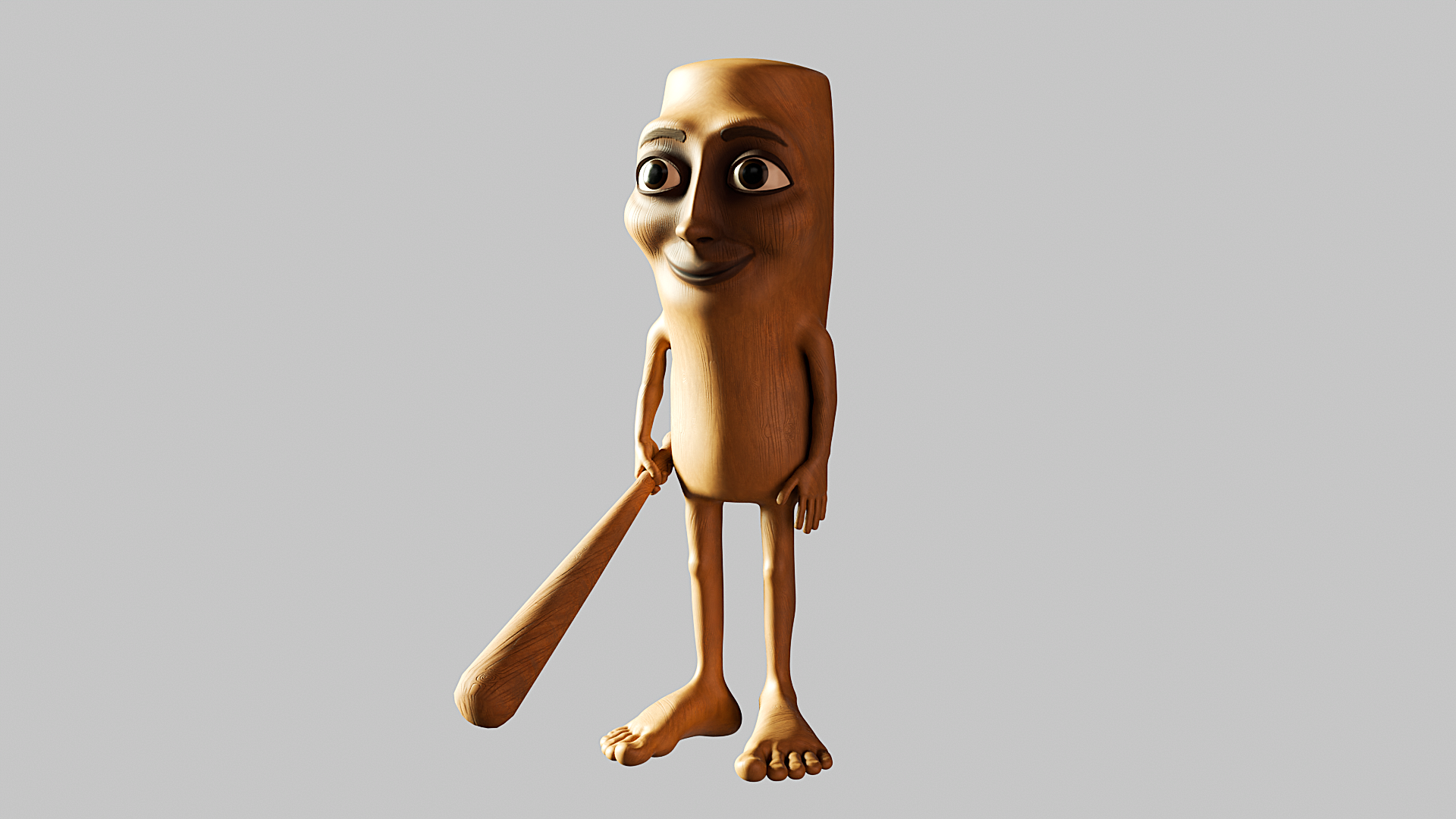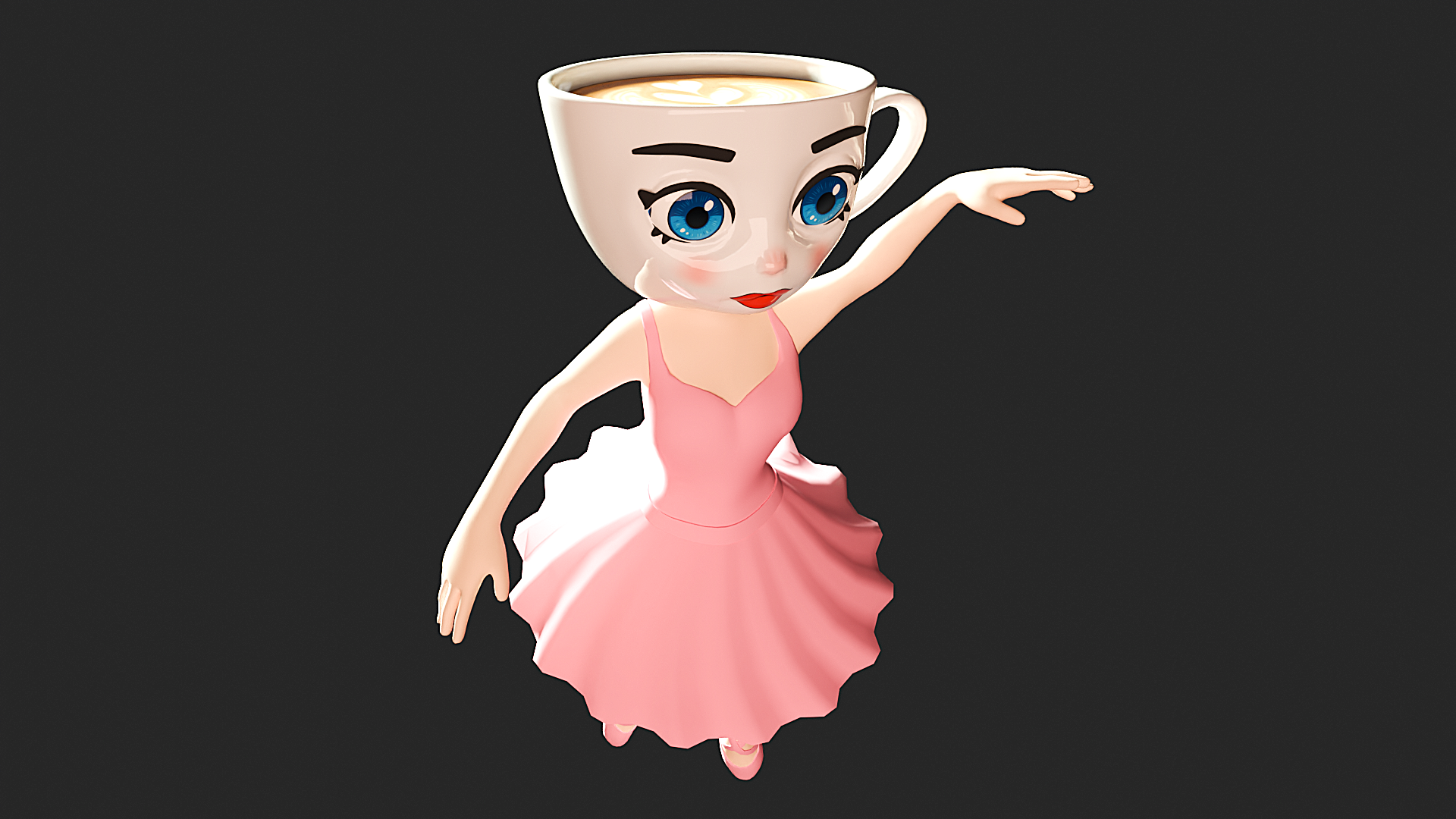TungTung Sahur - Brainrot Meme
Tung Tung Sahur is a stylized 3D model of an anthropomorphic sahur drum, complete with a wooden bat and a lively expression. Straight from the depths of Italian Brainrot, Tung Tung Sahur brings with it the relentless rhythm and surreal energy of the most unexpected morning wake-up calls. Perfect for animations, memes, or projects that require a touch of rhythmic and joyful absurdity.
Info and Download: https://www.patreon.com/pizzaandgames/shop/tungtung-sahur-brainrot-meme-1734648?source=storefront
#character #cartoon #stylized #brainroot #TungTungSahur #3dModel
Tung Tung Sahur is a stylized 3D model of an anthropomorphic sahur drum, complete with a wooden bat and a lively expression. Straight from the depths of Italian Brainrot, Tung Tung Sahur brings with it the relentless rhythm and surreal energy of the most unexpected morning wake-up calls. Perfect for animations, memes, or projects that require a touch of rhythmic and joyful absurdity.
Info and Download: https://www.patreon.com/pizzaandgames/shop/tungtung-sahur-brainrot-meme-1734648?source=storefront
#character #cartoon #stylized #brainroot #TungTungSahur #3dModel
TungTung Sahur - Brainrot Meme
Tung Tung Sahur is a stylized 3D model of an anthropomorphic sahur drum, complete with a wooden bat and a lively expression. Straight from the depths of Italian Brainrot, Tung Tung Sahur brings with it the relentless rhythm and surreal energy of the most unexpected morning wake-up calls. Perfect for animations, memes, or projects that require a touch of rhythmic and joyful absurdity.
Info and Download: https://www.patreon.com/pizzaandgames/shop/tungtung-sahur-brainrot-meme-1734648?source=storefront
#character #cartoon #stylized #brainroot #TungTungSahur #3dModel










